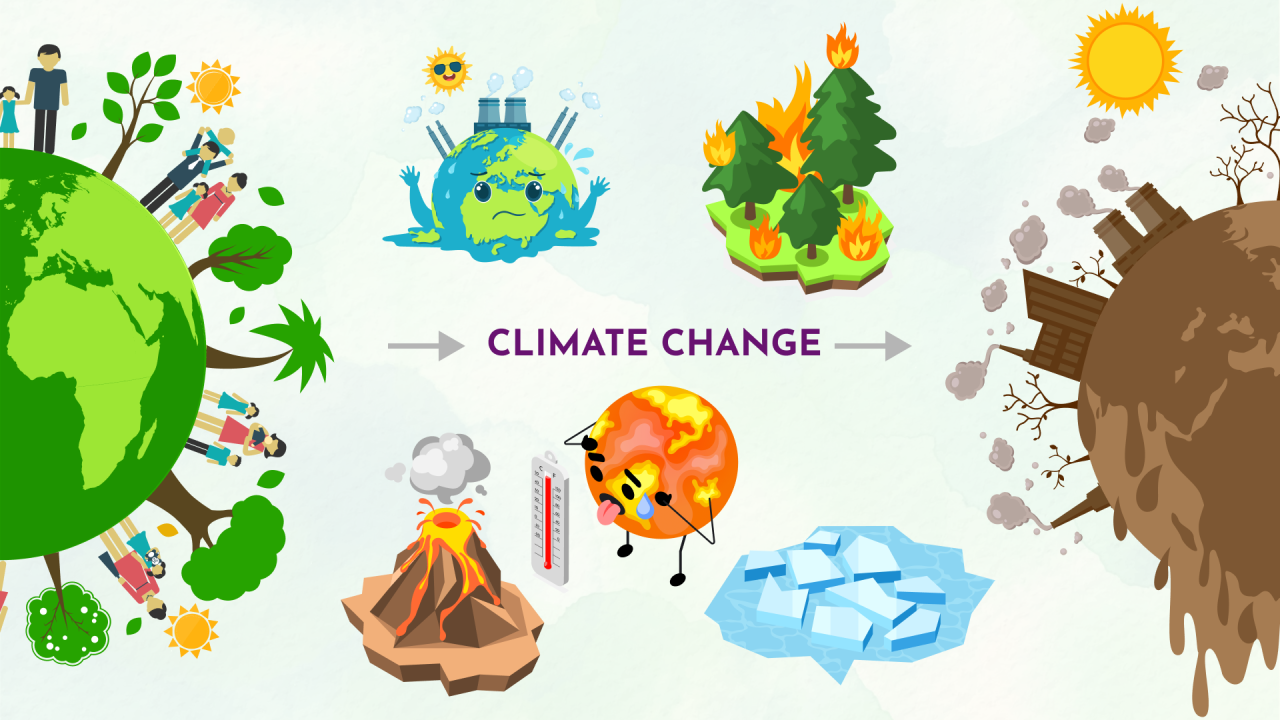Israel-Hezbollah War: A 15-year South Lebanon Conflict
Context:
The conflict between Israel and Hezbollah is deeply rooted in the history of South Lebanon, particularly during the prolonged and violent struggle from 1985 to 2000. Though often eclipsed by other Middle Eastern conflicts, this period was crucial in Hezbollah’s transformation from a small militia into one of the region’s most influential non-state forces.

Israel’s Involvement in Lebanon
- In the 1960s and 1970s, displaced Palestinians, including militants from the Palestine Liberation Organization (PLO), began settling in South Lebanon.
- Tensions between the Palestinians and Christian militias ignited Lebanon’s civil war, which was fueled by Soviet support for the Arab side and American backing of the Christian coalition.
- Palestinian factions used Southern Lebanon as a base for launching attacks on northern Israel.
- In response, Israel launched an attack on southern Lebanon in 1978 to create a buffer zone for its northern border.
- In 1982, Israel escalated its involvement by invading Lebanon with the goal of expelling the PLO from the country, leading to a full-scale operation that reached Beirut.
- Although Israel withdrew from most of Lebanon by 1985, it retained a 15-20 km security zone in the south to prevent cross-border attacks.
- This zone was patrolled by the South Lebanon Army (SLA), a Christian militia allied with Israel. However, what was intended as a short-term occupation became a prolonged entanglement, leading to resistance, particularly from Hezbollah.
The Maronite Christians have historically played a significant role in Lebanese politics and society. The National Pact of 1943 established a power-sharing arrangement among Lebanon’s various religious communities, including the Maronites, Sunni Muslims, and Shiite Muslims. This pact aimed to maintain a delicate balance of power but has also contributed to sectarian tensions and political instability over time.
The Emergence of Hezbollah
- Hezbollah, a Shia Islamist movement, was formed in the early 1980s amid Lebanon’s civil war as a direct response to Israel’s occupation.
- The group received significant support from Iran, which sought to export its revolutionary ideals and challenge Israel’s regional dominance.
- Initially, Hezbollah’s main objective was resisting Israeli occupation in South Lebanon, as noted by Augustus Richard Norton in Hezbollah: A Short History (2007).
- However, over time, its goals expanded to include establishing an Islamic state in Lebanon, modelled after Iran, and opposing Western influence in the region.
- In his 2014 paper, Hezbollah and the Arab Spring, political scientist Joseph Alagha highlights how Hezbollah swiftly organised both militarily and socially, gaining substantial support among Lebanon’s marginalised Shia population by providing services like healthcare and education.
- This grassroots backing enabled the group to evolve from a militia into a broader political movement.
- Militarily, Hezbollah employed guerrilla tactics—such as ambushes, roadside bombs, and rocket attacks—to continuously harass Israeli and South Lebanon Army forces.
- The 1996 Israeli operation, ‘Grapes of Wrath’, marked a significant moment in the conflict.
- While intended to suppress Hezbollah’s rocket fire, the operation resulted in the deaths of over 100 Lebanese civilians in a UN compound in Qana, drawing international condemnation.
- As Daniel Byman notes in A High Price: The Triumphs and Failures of Israeli Counterterrorism (2011), Hezbollah’s use of civilian areas for military operations complicated Israel’s ability to retaliate without causing civilian casualties, ultimately damaging Israel’s public image and bolstering Hezbollah’s legitimacy among many Lebanese.
Lebanon War (1982)
The 1982 Lebanon War, also known as the Second Israeli invasion of Lebanon, commenced on June 6, 1982. Israel aimed to eliminate the Palestine Liberation Organization (PLO) operating in Lebanon, which it blamed for attacks against Israeli territory. The operation, named Operation Peace for Galilee, was triggered by an assassination attempt on Israel’s ambassador to the UK, leading to a full-scale invasion during the Lebanese Civil War.
Shebaa Farms Dispute
Shebaa Farms is a small area located at the intersection of the Lebanese-Syrian border and has been a contentious point since Israel’s occupation of the Golan Heights in 1967. Following Israel’s withdrawal from southern Lebanon in 2000, the status of Shebaa Farms remained unresolved. Israel claims that it is part of the Golan Heights and thus not subject to Lebanese sovereignty, while Lebanon, supported by Syria, asserts that it is Lebanese territory that should have been evacuated by Israel.
The Conflict’s Climax and Israel’s Withdrawal
- By the late 1990s, Israel’s presence in South Lebanon had become both politically and militarily untenable.
- Israeli soldiers were frequently targeted by Hezbollah, and public sentiment in Israel increasingly viewed the occupation as a costly and unnecessary burden rather than a matter of national security.
- Hezbollah, using guerrilla warfare, turned the conflict into a war of attrition, forcing Israel into a difficult position despite its military superiority.
- In How Israel Bungled the Second Lebanon War (2007), Efraim Inbar highlights that Hezbollah’s ability to inflict significant losses on Israeli forces ultimately led to Israel’s withdrawal in 2000.
- Inbar argues that the unilateral withdrawal, without a peace agreement, was a major psychological and strategic victory for Hezbollah, which quickly claimed that its resistance had driven Israel out.
- Though the 15-year occupation ended, the wounds of the conflict remained. As Augustus Richard Norton noted, Hezbollah emerged as “the spearhead of resistance against Israel,” solidifying its dominance in Lebanese politics and establishing itself as a key player in the region.
Ramifications of the South Lebanon Conflict
- The South Lebanon conflict has left a lasting impact on the Middle East, with Hezbollah emerging from it not only as a stronger military force but also as a significant political entity within Lebanese governance.
- Hezbollah’s success in resisting Israeli occupation also inspired other militant groups in the region.
- In Hezbollah: The Global Footprint of Lebanon’s Party of God (2013), Matthew Levitt explains how the group’s guerrilla tactics and rocket attacks were later adopted by Palestinian factions in Gaza and other Iranian-backed militias.
- The conflict’s legacy extends beyond Hezbollah; Israel’s prolonged occupation and its challenges in combating a non-state actor like Hezbollah have influenced its military and political strategies, leading to a preference for airstrikes and short-term incursions over reoccupation.
The 1985-2000 conflict was far more than a localised battle between Israel and Hezbollah. It marked a crucial turning point in the Middle East, illustrating the influence non-state actors could wield in shaping regional politics and security. Its repercussions continue to affect the tense dynamics between Israel and Hezbollah and have left a lasting mark on Lebanon’s political landscape.


